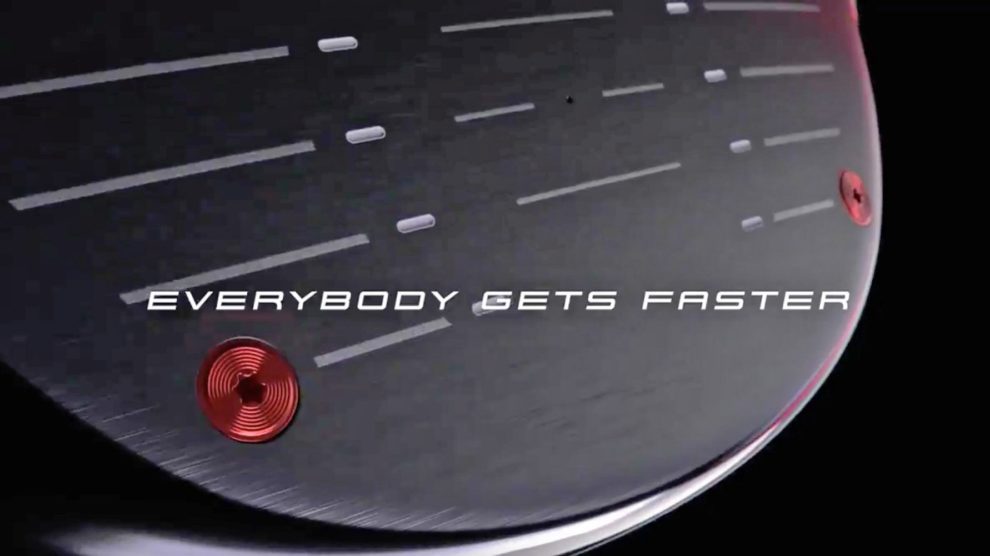A new driver from TaylorMade Golf is going to remind you a little of those persimmon woods back in the day (maybe even before you were born).
The company has unveiled its first commercial for the successors to the M3 and M4 drivers from 2018, set to hit retail shelves and fitting studios on Feb. 1, 2019.
Of course, with any driver offering, generating higher ball speeds across the face is the goal. The use of circular items invoking speedy things -- cars, planes, rockets, etc. -- in the commercial then leads into the payoff at the end by showing two visible red screws at the bottom of the new driver face.
The goal with the screws isn't quite clear. It's not like anyone is longing for a retro-style head with screws you'd find in a persimmon-head driver. That it's supposed to be a visual cue for technology is clear. So why on the low toe and the low heel?
Why the screws?
Well, you wouldn't want superfluous weight there because that would move the center of gravity forward and a little up. That wouldn't be desirable. So, the screws have to be there to demonstrate improved performance on the toe and heel.
The biggest gains a driver can make inside the current equipment regulation box is on the margins. That was the idea behind Twist Face, which sectioned off the bulge-and-roll characteristics on a face with the goal of helping the ball fly longer and bring it closer to center line, particularly on high-toe and low-heel hits. It was a big selling point on the M3 and M4 drivers.
What, then, could be added to further improve performance? The key is in improving the characteristic time on strikes on the heel and toe areas. Characteristic time (CT) is how long the ball can stay on the face of a driver, and the USGA limit for that is 250 microseconds with a 7-microsecond allowance. That's everywhere on the face. Making a driver with CT that's close to the USGA limit across the face -- a claim made by Knuth Golf's High Heat 257+ line -- and ensured from head to head would be a selling point.
Higher characteristic time on off-center strikes would mean a player is faster on more of their hits, bringing up their average ball speed no matter where it's struck. Hitting the driver on the proverbial, not literal, screws won't make a huge difference given the USGA's regulations. However, better ball speed of drives hit in the same thirds -- heel and toe -- as the screws on the new TaylorMade drivers could convince amateurs to make an upgrade.
After all, most golfers rarely find the center of the face. Even the best players in the world don't find dead middle as often as you think.

